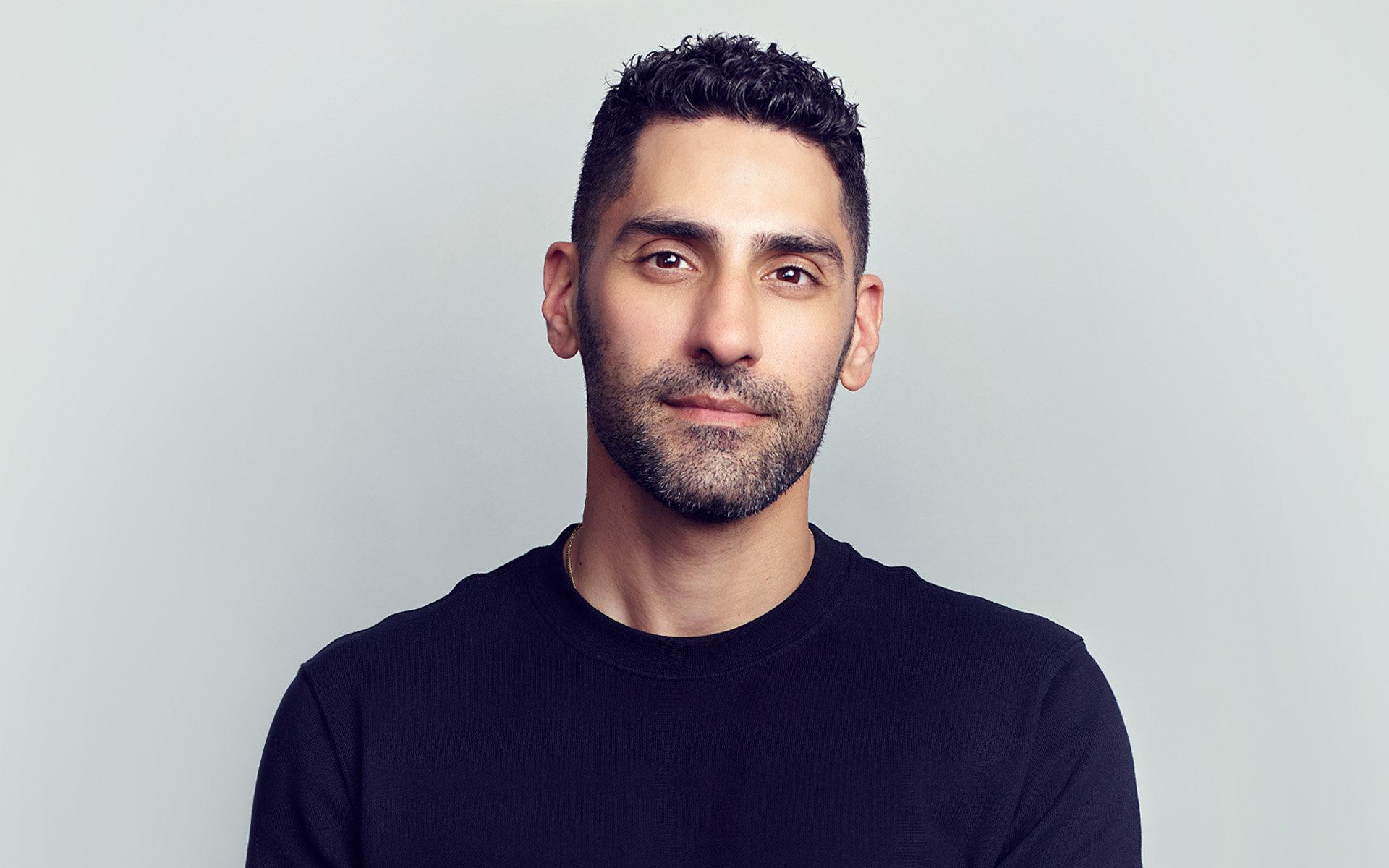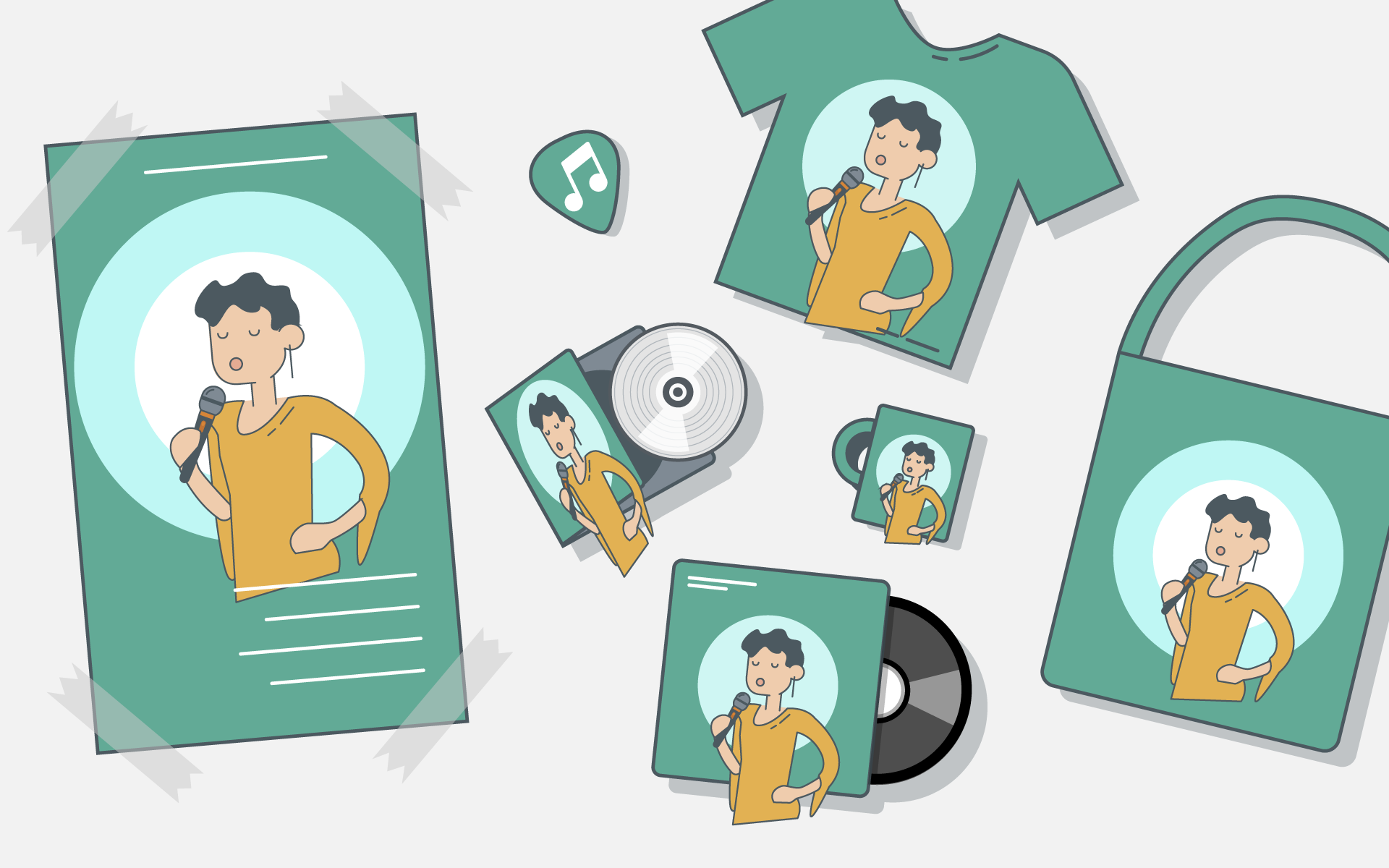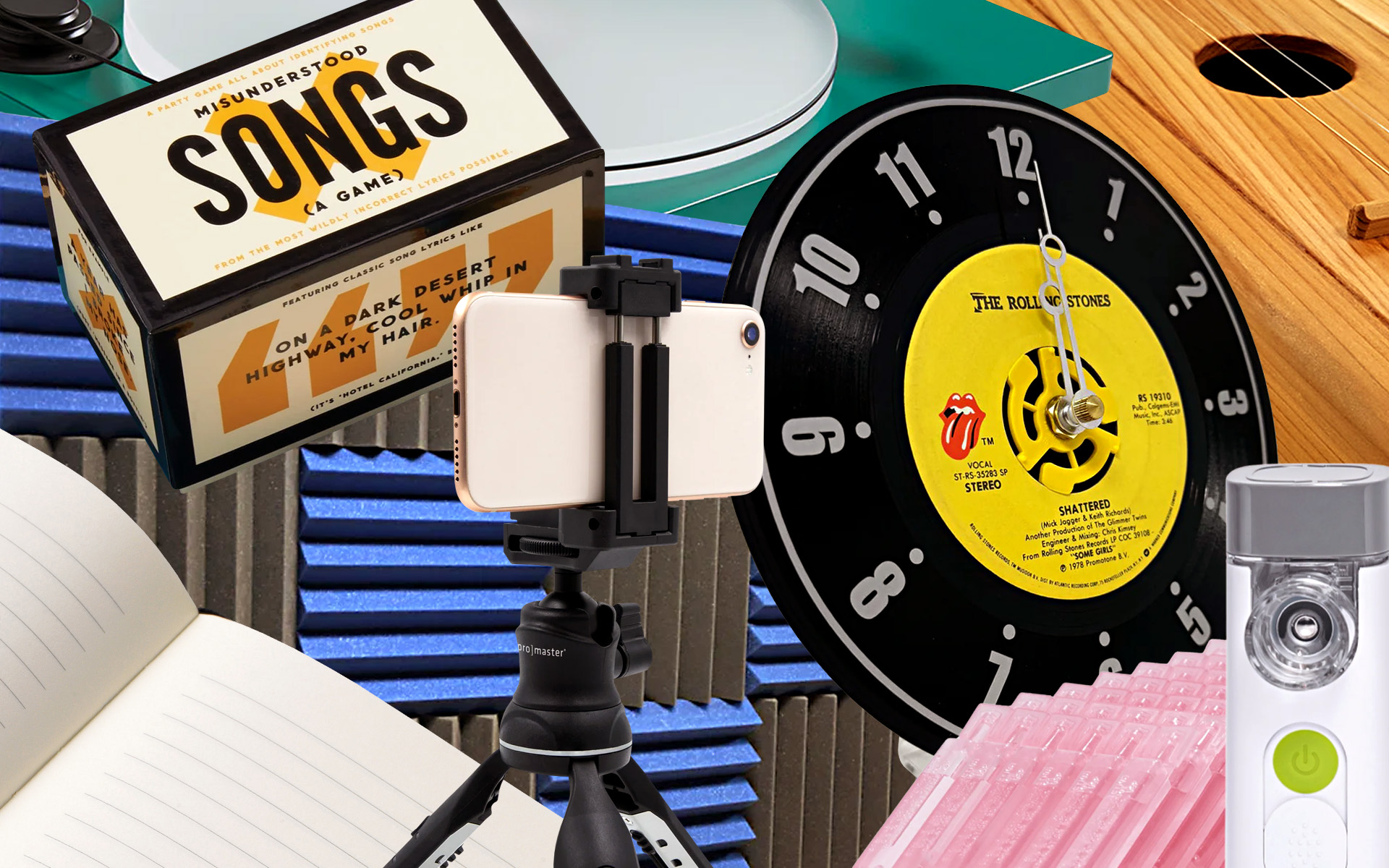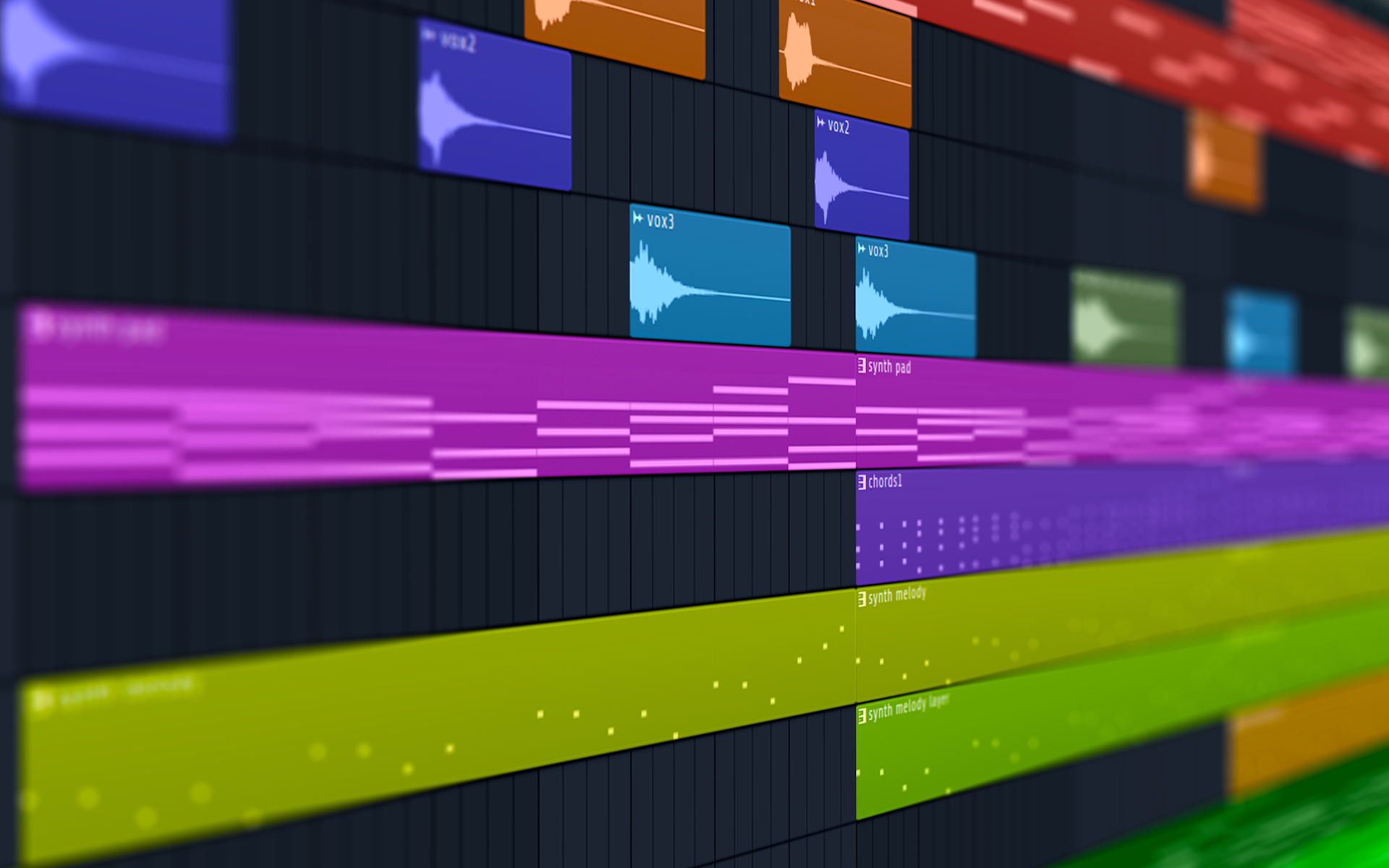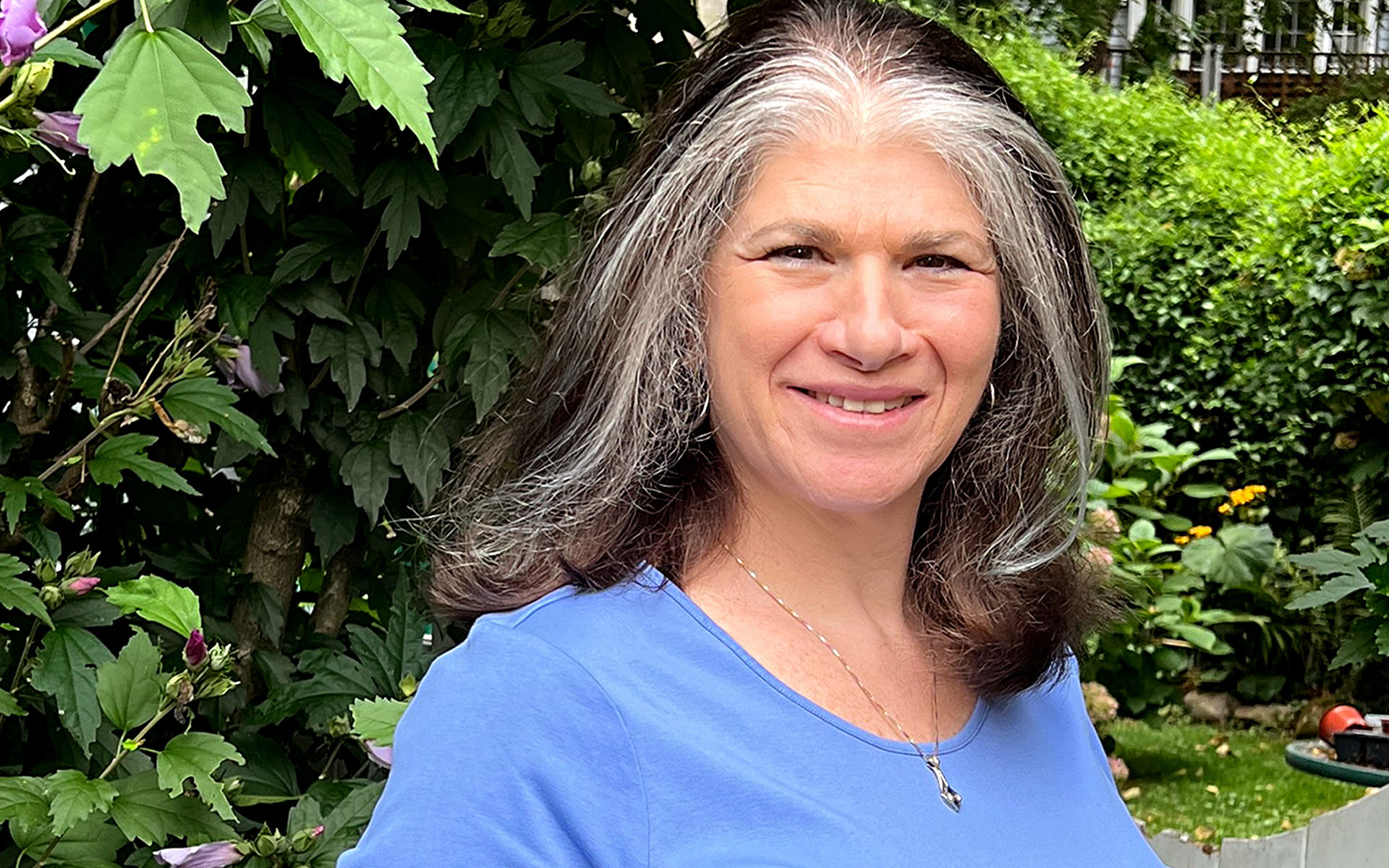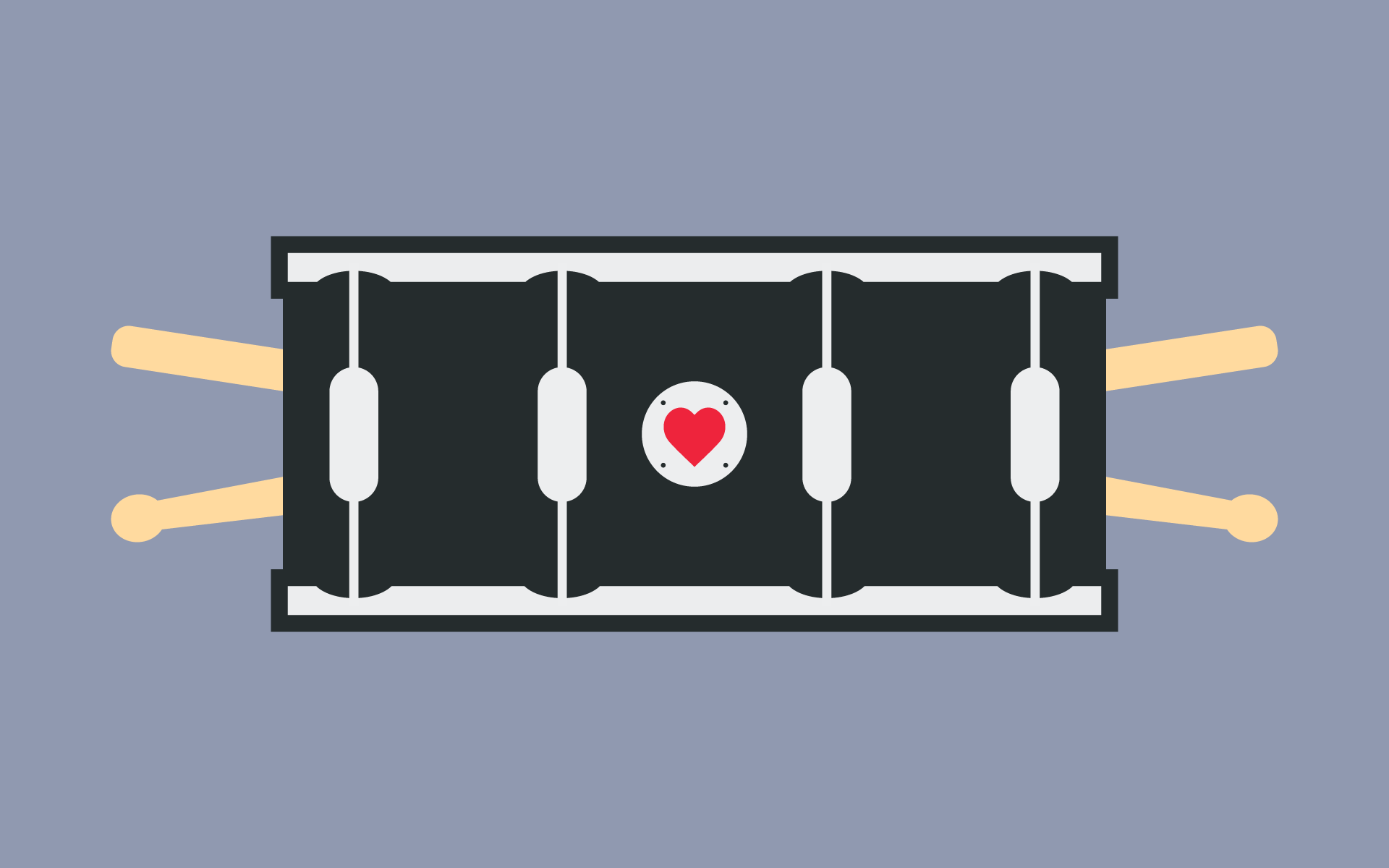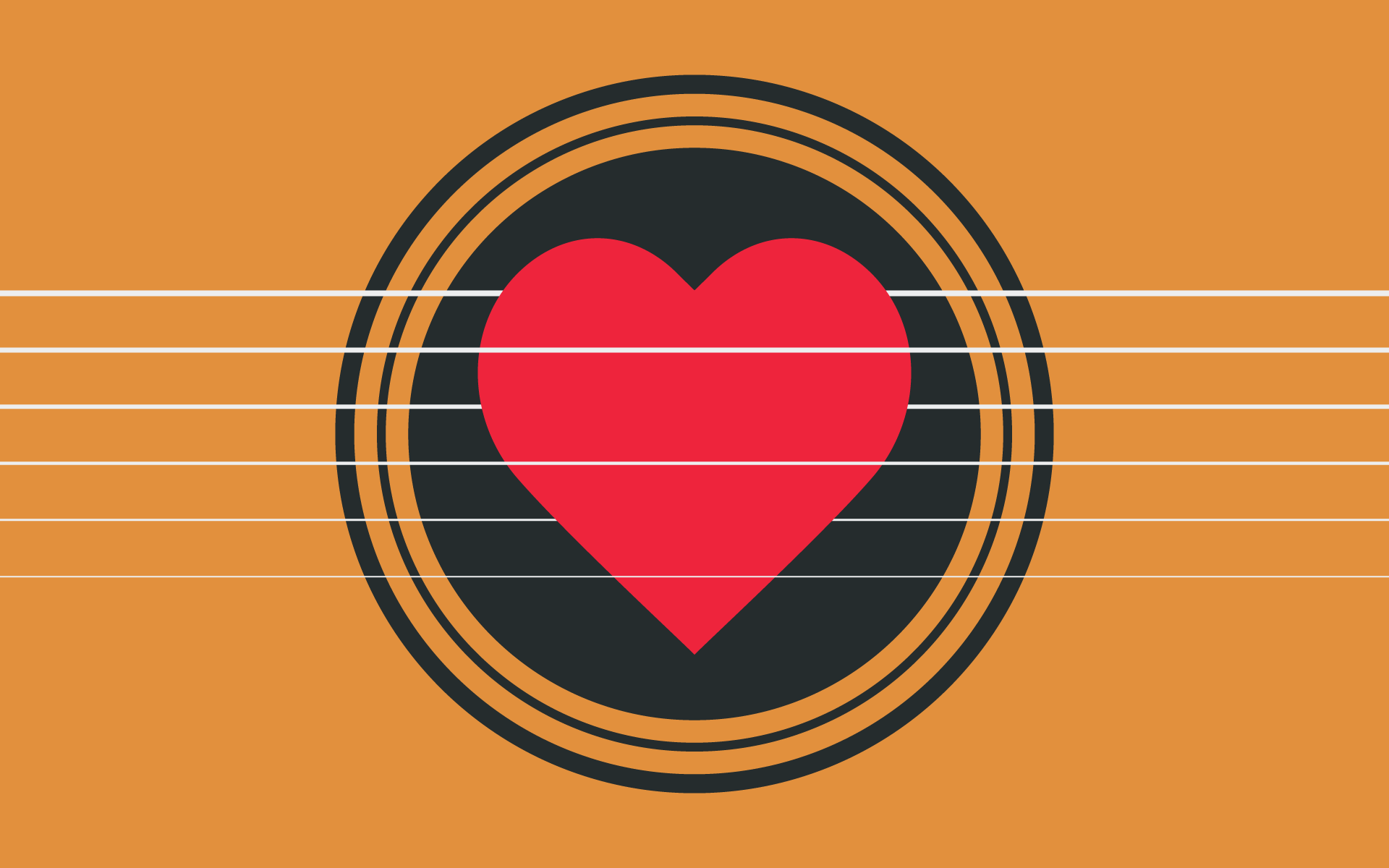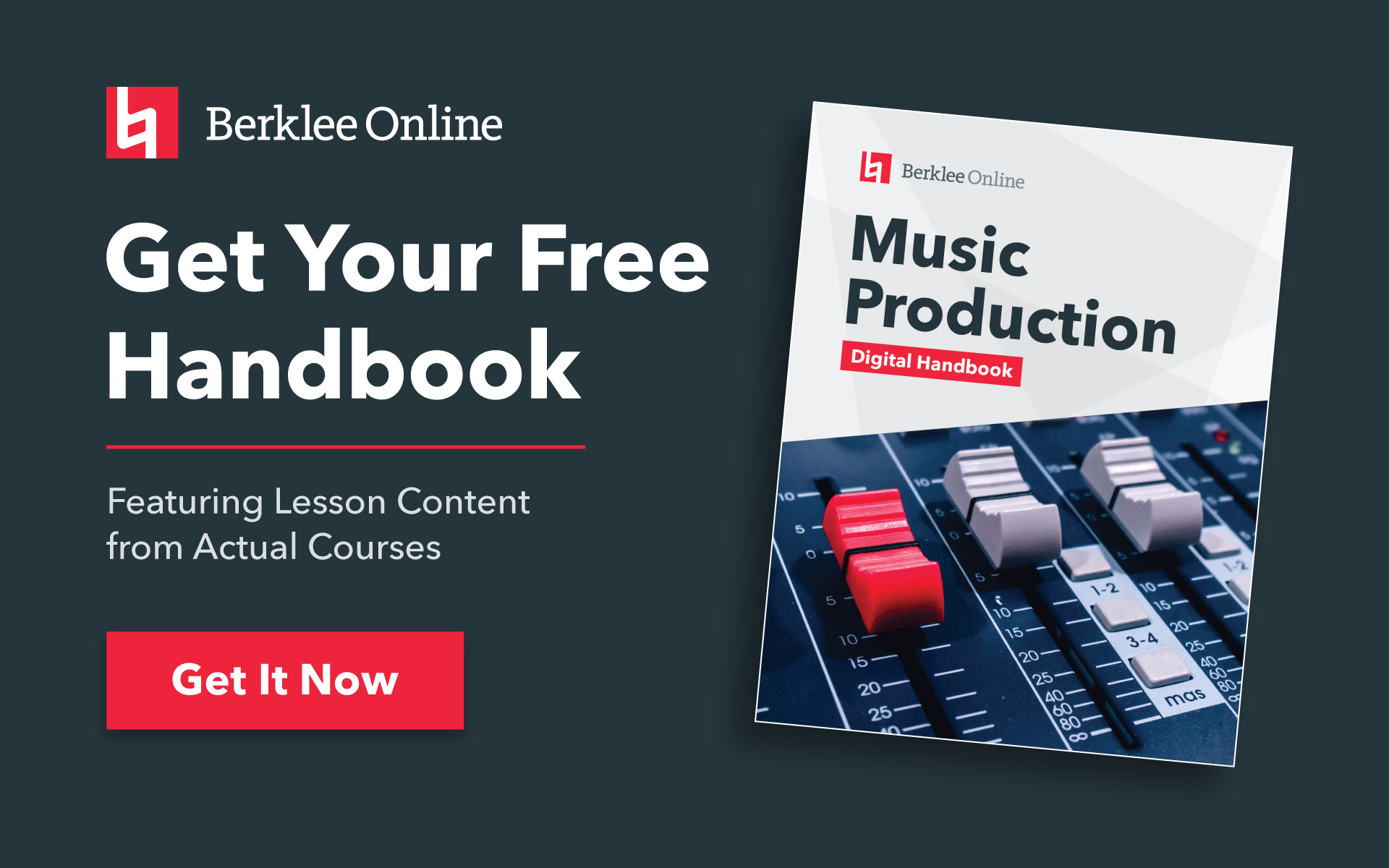A Practical Guide to Popular DAWs: Pro Tools, Logic, Ableton, Cubase, and More
If you want to get started in a career in recording music, you just need a personal computer with a DAW (Digital Audio Workstation). Long gone are the days where you needed to book a professional studio to get your ideas down, but that leaves you with a question: which DAW is the best for you?
Ideally, you’ll want to know how to use most of the popular DAWs, because it will allow you more flexibility when recording or producing with other artists, and because one DAW could give you certain insights that another one wouldn’t. What is the easiest DAW to use? Which DAW is best value for money? What is the most popular DAW? We’ll get into all of that below!
But DAWs do come at a price, and not everybody has the opportunity to experiment with all of them. So here’s a list of the best DAWs to help you pick which DAW is right for you. Although Berklee Online students may often use DAWs like PreSonus Studio One and Soundtrap in their courses, the list here only features DAWs you can learn more extensively about by taking a course at Berklee Online.
Pro Tools
Price: From a $29 monthly subscription, to $599 for a perpetual license.
Pro Tools is known for its specialization in audio recording and editing. It can record up to 256 tracks, making it a great DAW for live recording. Pro Tools is also recognized as the industry standard, meaning that if you’re going to be working with a professional studio, or collaborating with someone, it comes in handy knowing how to use Pro Tools. It also functions as a great mixer, but is seen as inferior in its MIDI capabilities when compared to other DAWs, such as Logic Pro or Cubase. Its price may throw some people off, but if you plan to work in the industry, it’s an investment worth considering. If you’re not sure you want to commit to that hefty price tag, try the monthly subscription model.
Learn Pro Tools from Berklee Online:
- Pro Tools 101
- Pro Tools 110
- Mixing and Mastering with Pro Tools
- Producing Songwriting Demos with Pro Tools
- Advanced Mixing and Mastering with Pro Tools
Logic Pro X
Price: One-time fee of $199
If you’re familiar with GarageBand, Logic is the obvious upgrade. With the user interface being very similar, the reason for using Logic instead would be for its different functions for production and mixing. In a way, it’s GarageBand on steroids. Its pros and cons are very similar to the pros and cons of any Apple devices: the user interface is very intuitive, but if you don’t know all of the ins and outs, there’s a lot that you could miss.
If you’re only looking for a starting point, and you’re already used to the Apple interface, Logic would be an appropriate DAW. It basically has everything you need to produce a song. Also, Iits wide array of instruments and loops allow you to play around with different sounds, without having to add the cost of a plug-in. And now with the integration of Live Loops, you can arrange and create musical ideas in real time, adding or recording your own loops to the mix.
Learn Logic from Berklee Online:
- Producing Music with Logic
- Mixing and Mastering for the Electronic Musician
- Producing Songwriting Demos with Logic
Cubase
Price: One-time fee, from $99 to $590.
With an unlimited potential for recording tracks, it is important to have a versatile environment in which to mix. Cubase’s virtual mixer is designed to replicate its hardware counterpart, but with considerably more flexibility. Faders, panning, equalizers, buses, group channels, effects returns, inserts, and meters are all easily accessed and automated. Each track has its own channel strip, which allows for detailed adjustments, and the overall layout of the mixer can be configured to your preference. Cubase is also a fully capable surround-sound mixing environment. It is commonly used with producers of electronic music (EDM, hip-hop, pop) due to it being primarily MIDI and plug-in instrument-based. But its major issue is that it’s not as commonly used as the other DAWs, making it tougher for collaboration.
Learn Cubase from Berklee Online:
Reason
Price: One-time fee of $499.
If you’re used to messing around with analog equipment, then Reason is the DAW most suitable for you. Besides having the functions that most other DAWs have nowadays (multi-track recording, comping takes, mixing, etc.), it also excels in its sound design and virtual modular synthesis. With its Rack Extensions, you can easily add and even create new plug-ins to the DAW, allowing you to patch them with other synths or plug-ins, creating sounds you’d never expect to hear.
Learn Reason from Berklee Online:
- Producing Music with Reason
- Music Production 101
- Remixing
- Sampling and Audio Production
- Sound Design for the Electronic Musician
Ableton
Price: One-time fee, from $99 to $749.
Ableton is quite different from the other DAWs we looked at. While those other DAWs structure the music in a more linear fashion, the way Ableton functions offers a variety of possibilities for live performances. Instead of building the song from start to finish, you’re able to record different parts to different instruments that react to each other depending how you set it up. In a way, you are recording musical parts, and you “code” a sequence with these parts. This non-linear workflow is great for live experimentation, since you can simply drag and drop musical parts into a project. If you aren’t so comfortable with this concept, Ableton has an Arrangement View, which puts the project in a linear setting. Ableton is also known for its versatile sampler, and the Ableton Push, making it a popular DAW among DJs and hip-hop producers.
Learn Ableton from Berklee Online:
- Ableton Live Fundamentals
- Performing with Ableton Live
- Ableton Live Techniques: Sampling
- Ableton Live Techniques: Synthesis and DSP
- Ableton Live Techniques: Non-Linear Creative Strategies and Composition
- Composing and Producing Electronic Music 1
- Composing and Producing Electronic Music 2
FL Studio
Rishabh Rajan’s new Producing Music with FL Studio course explores all the fundamentals to start making electronic music in this dynamic program, that was once called Fruity Loops. What makes FL Studio unique? For starters, you have the ability to do drum programming, MIDI recording and editing, audio recording, mixing and mastering, as well as effects processing! By the end of the course, you’ll be producing your own music from scratch, in addition to creating your own visuals that you’ll learn how to synchronize to your music to create a piece of multimedia ideal for sharing.

